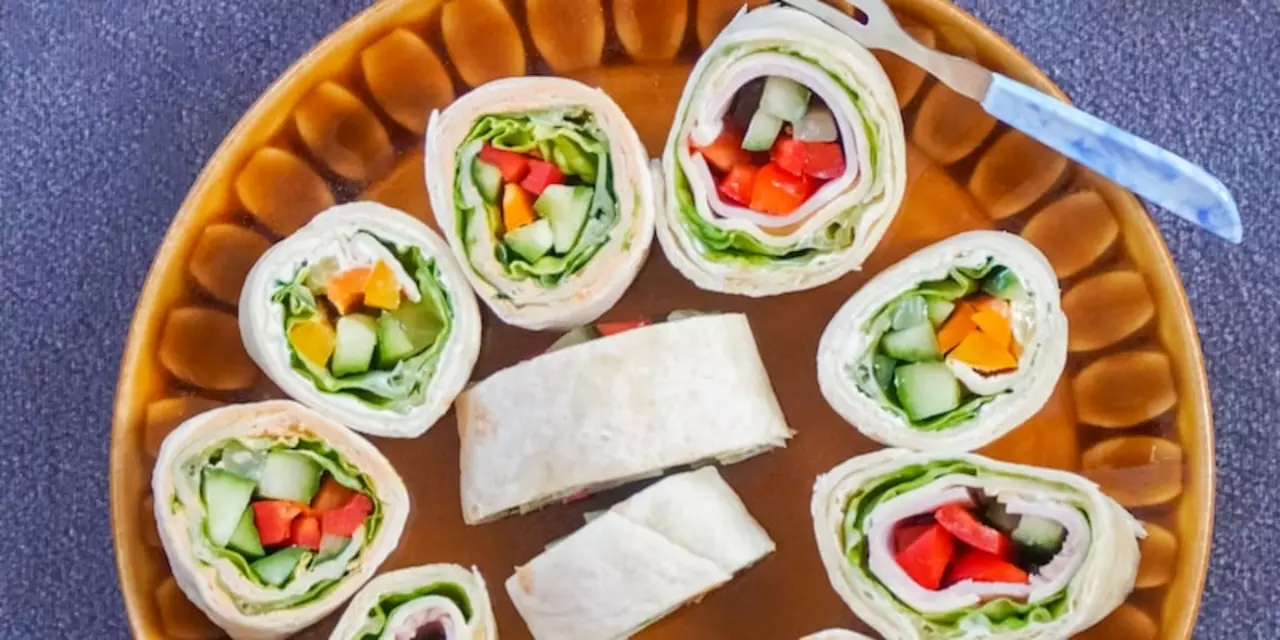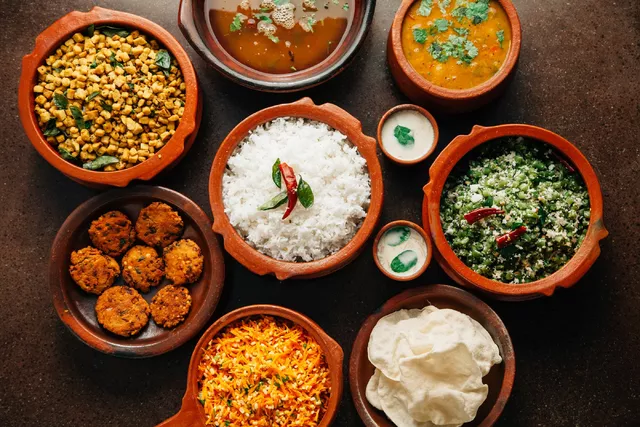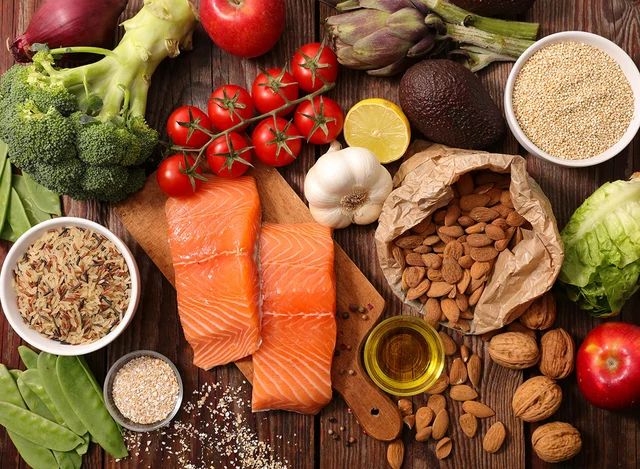Paratha: Simple Recipes and Handy Tips
If you love a warm, flaky flatbread, paratha is the answer. Whether you’re a beginner or have cooked it a few times, these steps will help you get that golden, layered texture every time.
Basic Paratha Recipe
Start with 2 cups of whole‑wheat flour, a pinch of salt, and a tablespoon of oil. Add water gradually until the dough feels soft but not sticky. Knead for 5‑7 minutes, then let it rest for 15 minutes covered with a damp cloth.
Divide the dough into equal balls, about the size of a golf ball. Lightly dust a ball with flour, flatten it with your hands, then roll it out to a 6‑inch circle. Brush the surface with a little melted ghee or oil, fold it into a semi‑circle, brush again, and fold once more into a triangle. Roll the triangle gently to your desired thickness.
Heat a skillet over medium heat. Place the rolled paratha on the pan, cook for 30 seconds, then flip. Add a few drops of ghee on the top side, press lightly with a spatula, and cook until both sides show brown spots. Serve hot.
Creative Paratha Variations
Stuffed parathas add flavor without much extra effort. For a classic aloo (potato) paratha, boil and mash two potatoes, mix with chopped green chilies, coriander, salt, and a pinch of garam masala. Place a spoonful of the mixture in the center of a rolled dough circle, fold, seal, and roll gently before cooking.
Other popular fillings include paneer, cabbage, and spinach. Use the same technique: prepare the filling, keep it moist, and avoid over‑stuffing to prevent tearing.
Health‑conscious cooks can swap half the whole‑wheat flour with oat or millet flour, and use minimal oil. Adding grated carrots or beetroot to the dough boosts nutrition and gives a pleasant color.
Paratha pairs well with yogurt, pickles, or a simple dal. A dollop of butter on top right after cooking adds richness, but you can skip it if you’re watching calories.
Store leftover parathas in an airtight container in the fridge for up to two days. Reheat on a dry skillet or in a microwave wrapped in a damp paper towel to keep them soft.
With these basics and variations, you can enjoy paratha any time—breakfast, lunch, or dinner. Grab the ingredients, follow the steps, and experiment with fillings. Soon you’ll have a go‑to flatbread that’s both comforting and versatile.

What is the difference between a paratha and a tortilla?
- Date: 14 Feb 2023
- Categories:
- Author: Aarav Khatri
Parathas and tortillas are both flatbreads that have different origins and ingredients. Parathas are unleavened and usually made with whole wheat flour, while tortillas are made with corn or flour. Parathas are usually cooked on a tava, while tortillas are cooked on a comal. Parathas are usually served with various accompaniments such as potatoes, yogurt, chutney, and pickles, while tortillas are usually served with a variety of fillings such as cheese, beans, or meat. Furthermore, parathas are usually thicker than tortillas, making them a popular breakfast option.




